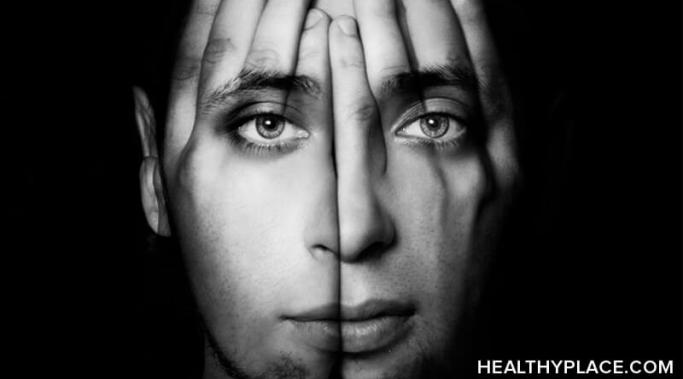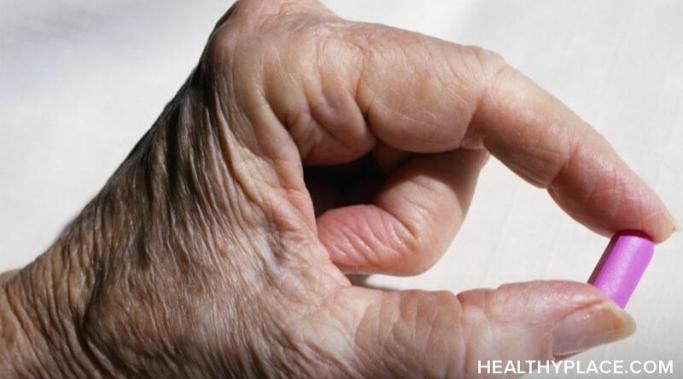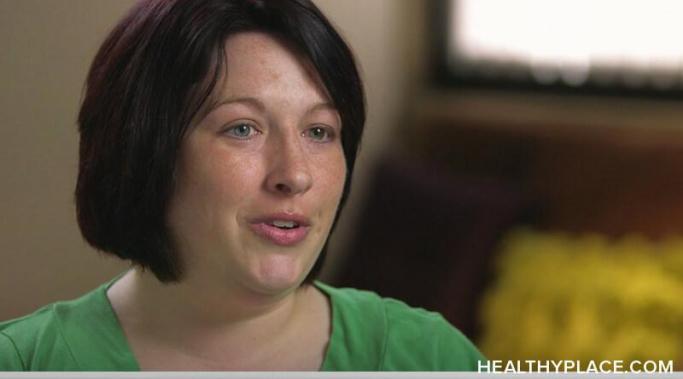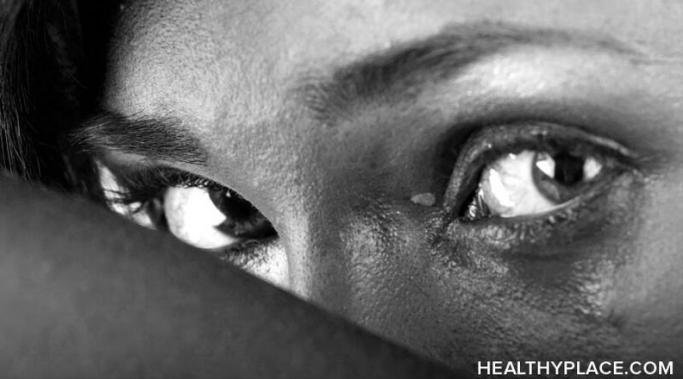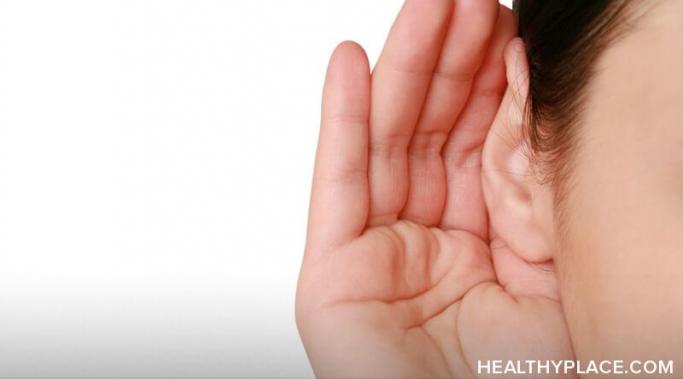When I was a young woman, before my first psychotic episode, I was incredibly independent. I frequently traveled internationally to Egypt and Brazil to visit my parents, who worked overseas. I also took road trips from Seattle to as far as San Diego by myself. Those days of independence are long gone. As someone with a severe mental illness, I need to connect and rely on people more than I ever imagined, but though I have schizophrenia, I am not a burden.
Schizophrenia Symptoms
One of my favorite memes on social media says something like, “It’s almost time for me to put away my normal anxiety and put on my fancy Christmas anxiety.” Christmas is a very anxious--even manic--time of year for many people. But I have a special reason why my anxiety skyrockets around the holidays.
When talking about paranoid schizophrenia, we must remember that everyone has a different experience with the illness. Some people live with few or no symptoms of paranoid schizophrenia, while others live with significant symptoms. I had one period in my life where I lived symptom-free for almost a decade. During that time, I held a full-time job, completed training programs, was involved in hobbies, and was more independent than at any other period in my life. But I haven't had a day entirely symptom-free in the past 10 years.
I haven’t heard schizoaffective voices in over a year. I am so elated about this, especially since I’ve struggled with auditory hallucinations since my first and only psychotic episode in 1998 when I was 19. Being free of the voices is absolutely liberating.
My schizoaffective suicidal thoughts used to really scare me. I was frightened to the point that I went to the emergency room three times because of them and was even hospitalized once. I was afraid I was actually going to hurt myself. But slowly, over the years, I realized that, as scary as the thoughts were, I wasn’t going to die by suicide. The evidence is that I have had these thoughts for decades. And instead of hurting myself, I took care of myself and have built up coping skills for dealing with my schizoaffective suicidal thoughts. (Note: This post contains a trigger warning.)
Premenstrual dysphoric disorder (PMDD) is the first major mood disorder I suffered from as a kid. However, I did develop early symptoms of bipolar disorder as a teen as well, and that later led to schizoaffective disorder, bipolar type. Premenstrual dysphoric disorder is a very extreme form of what is commonly known as premenstrual syndrome (PMS). Untreated, I don’t have minor bouts of irritability or sadness during my period--I have full-on depression accompanied by suicidal thoughts. The way I treat my PMDD is with birth control pills.
My dad has a way with words. Decades ago, when I started hearing voices, he dubbed them the “Blue Meanies” after the bad guys in the animated Beatles movie Yellow Submarine. And he calls my negative self-talk the musings of “Bad News Betsy.”
Talking about hallucinations brought on by schizophrenia can be triggering to some. For others, it can be therapeutic to discuss their experience. Living with and managing hallucinations can be a process. What is a hallucination? A hallucination can be described as seeing, hearing, or feeling something that isn't there. There are visual hallucinations, auditory hallucinations, tactile, and other sensory hallucinations.
I’ve gone for a really long time without hearing schizoaffective voices. In fact, I’ve gone over four months without this disruptive schizoaffective symptom. I credit it to a psychiatric medication change.
I am a pacifist. I want to share with you how pacifism serves as a tool to help with my schizoaffective suicidal ideation. (Note: This post contains a trigger warning.)

